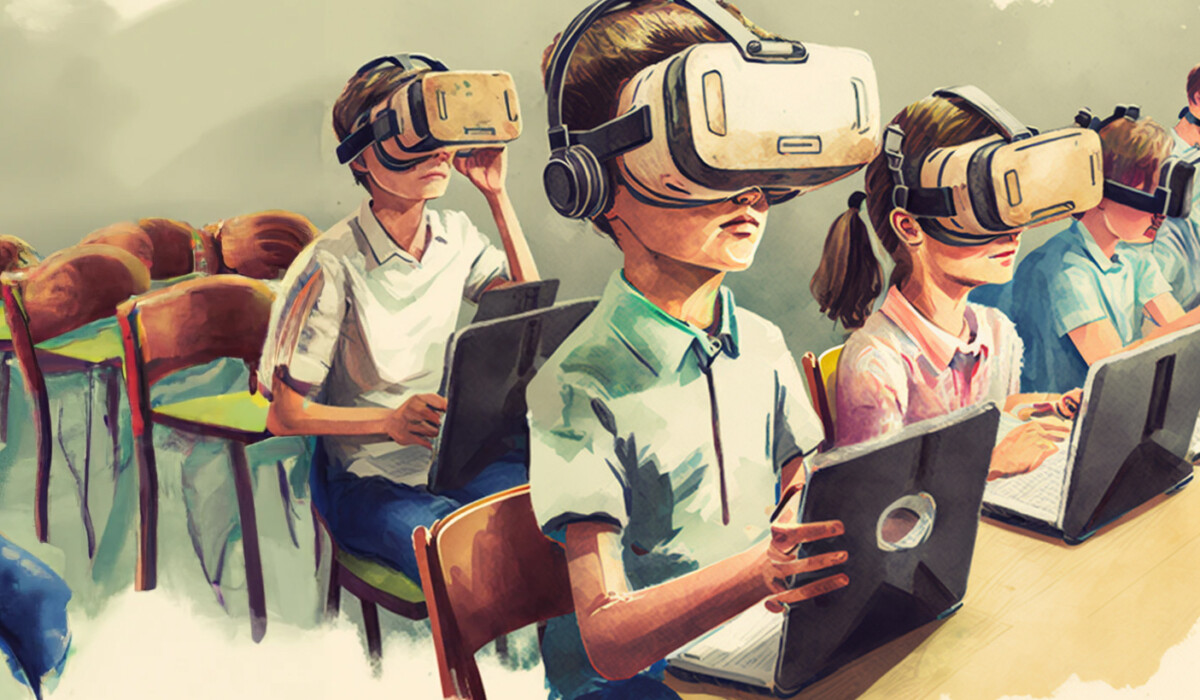Study explores learning in virtual reality

Learning in virtual reality can have a positive effect on learning success. But only if you do it right. A study shows what matters.
A total of 19 public university students between the ages of 20 and 24 took part in the five-week study at Stanford University. Most of them had no experience with virtual reality. The goal was to find out how learning in virtual reality should be designed.
Learning in virtual reality
Participants were equipped with VR headsets and divided into small groups of three or four. Each group worked in a virtual classroom on tasks that changed weekly.
For the virtual environments, the researchers used the Engage VR learning platform, which participants visited on the self-contained Pico Neo 2 Eye VR headset. The study began with a week of training to familiarize subjects with the use of VR.
In the first three weeks, the students were given detailed tasks. In the last week, the tasks were freely formulated. The completion time for each task was 15 to 20 minutes. In the last five minutes of each session, group members met in a virtual discussion room to discuss their experiences.
Students need time to get used to VR
The researchers came to the following conclusions: It is important to give students enough time to get used to the medium of virtual reality. Only when students have learned how to use VR can they learn in virtual reality.
Teaching inside VR can be exciting... but a lot can go wrong. Here are some things @StanfordVR and @profknowak learned on what to do (+ what not to do) 📝:
Prerequisites for Learning in Networked Immersive Virtual Reality https://t.co/g9VRZuOsHD— Eugy Han (@eugyhan) November 15, 2022
At the beginning of a VR learning course, assignments should be given that rely less on interactivity and engagement. They should also be discussed in and out of virtual reality. This will reduce cognitive load and promote social interaction, the study found.
Learning effects are only achieved with increasing intensity of the VR experience
Challenging tasks with slower learning curves should only be set once students have gained experience with virtual reality. This gives them time to get used to the controller, control system, or software, and to avoid being overwhelmed. Only when the interaction in VR has been internalized can one concentrate on learning content.
Another important point, the report said, is to clarify technological and social issues that might arise during the VR experience. A sense of connectedness needs to be created to reduce psychological distance and challenges. These would otherwise prevent meaningful interactions.
Note: Links to online stores in articles can be so-called affiliate links. If you buy through this link, MIXED receives a commission from the provider. For you the price does not change.